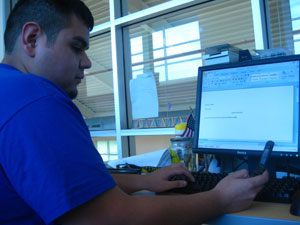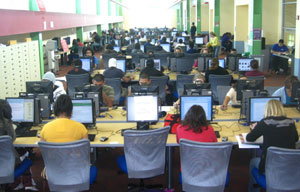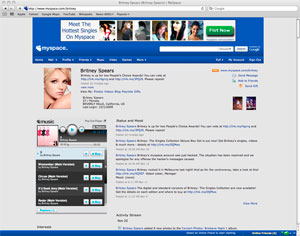Constant Partial Attention (CPA) is a byproduct of what may happen with too much media distraction. CPA is the inability to give full attention to just one thing at a time. Most people who have CPA issues constantly have their phone accessible to check for alerts.
"It totally depends on the message. If someone is texting me and I know it’s not important, I’ll ignore it. I don’t like that people have to check their cell phone every time they are alerted," said Villareal.
"I have been told by teachers to put away my phone," said Gomez. He said CPA is not an issue for him, except during work or school.
Is social networking a helpful tool to be used by students, or does it squander time that can be used for other things, like studying?
Answers vary, but the majority of students agree they use social networking when they are bored or need to take a short break from schoolwork. "I do get on and browse around if I get bored, but not for that long," said Villareal.
These sites are all free to join because of the advertisements that underwrite them. From when we get on to networking sites, our information is being tracked to direct advertisements directly toward us.
"Yeah it’s a privacy issue, but hey, it’s free!" said Gomez.
Once content is posted on either video or networking sites, it is near impossible to take them off the Internet, so it is important for users to think about what they post.
Tweets posted in haste or videos or pictures of underage drinking can ruin students’ future careers. Human Resources Departments usually screen the Web for potential hires. Students must be as aware as they can when posting anything to the Internet.
Social networks are a direct result of the Internet bringing people together.
With many different sites to choose from, watching videos, writing a tweet, changing a MySpace profile, updating Facebook or just playing some video games may all be enjoyed while networking online.
With social networking more popular than ever, students may communicate and stay connected with the most up-to-date technology and information on computers or mobile devices. There are things to be aware of, but communicating has never been easier and more enjoyable. |


